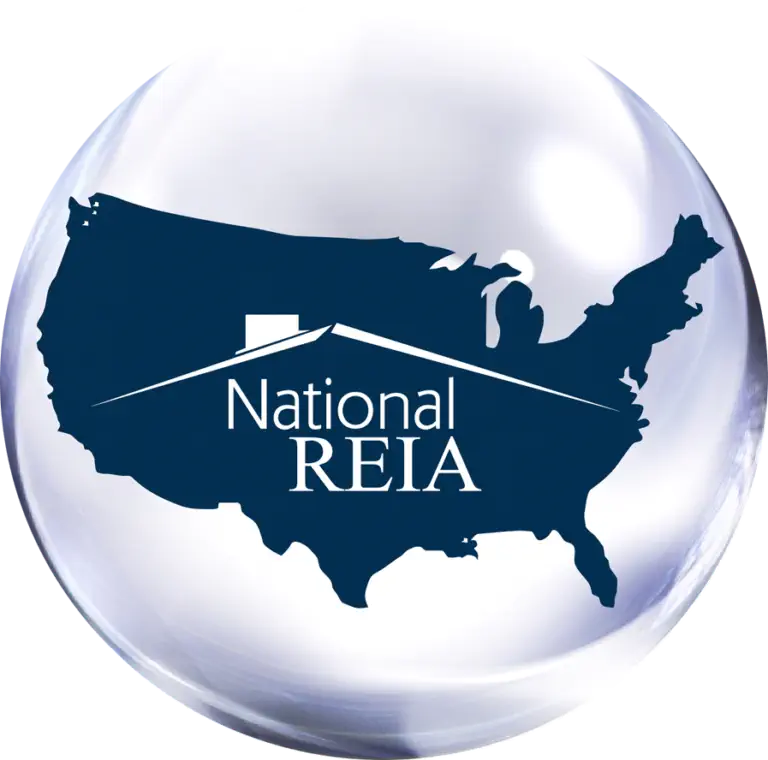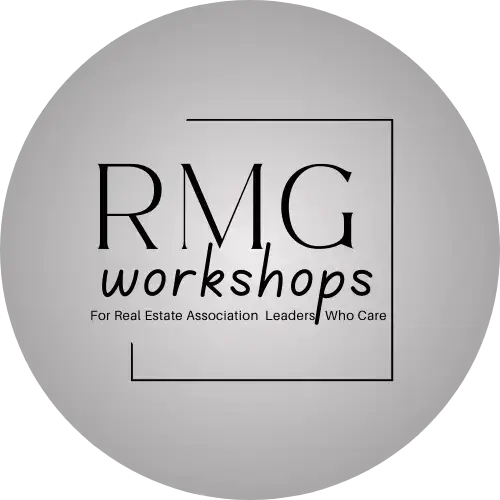Many investors, some of whom are incredibly knowledgeable and experienced, often find themselves blindsided by challenges they didn’t see coming. The truth is, if you haven’t been in the game for a while, it’s easy to overlook or underestimate the risks out there. And when things are going well, it’s natural to forget that risks exist. But the reality is, risks are always present, and we need to be mindful of them.
John Burley Shares the 7 Big Investment Risks
. Market Risk
The first and most critical risk is market risk. Markets go up, and markets go down. When they’re on the rise, it’s easy to forget that they can—and will—fall. Since I started in the late 1970s, I’ve witnessed five full cycles in the U.S. market, where we move from growth and prosperity to recession and depression, and then back to growth. Each time, the severity varies, but the cycle repeats itself without fail. It’s not a question of if the market will decline, but when and by how much. So, whenever I invest, I always consider where the market is in the cycle and where it might be heading.
2. Interest Rate Risk
Interest rate risk is the next major factor to consider. Interest rates impact everything, not just real estate. When rates rise, it affects everyone who is carrying debt. Historically, the rates we’re seeing now—around 6.5%—are still below average. However, for those who have only been in the game for a few years, these rates might seem high. But compared to the 18.6% rates I saw when I started, today’s rates are relatively low. Nevertheless, it’s essential to keep an eye on interest rates and understand how they can affect your investments.
3. Economic Risk
The economy and its associated risks are another critical area. Currently, much of the country is in a recession, with high inflation and an economy that isn’t performing well. This situation affects everything we purchase, from materials to labor, and it impacts our residents’ ability to pay rent. When the economy is struggling, it’s crucial to adjust our strategies accordingly.
4. Material and Labor Risk
A newer risk that has emerged, particularly post-pandemic, is material and labor risk. The cost of renovations and rehabs has skyrocketed, and it’s becoming more difficult to find reliable contractors. These costs have risen faster than general inflation, which means we need to factor them into any project we undertake. In many cases, unless you’re a specialist, it might be more cost-effective to buy properties that have already been rehabbed rather than taking on the rehab yourself.
5. Niche Risk
Understanding your niche is vital. There are three core niches in real estate investing: short-term (Quick Cash), long-term rentals, and cash flow (long-term owner financing). Each niche comes with its own set of risks, and the shorter your timeline, the greater the risks. For example, if you’re flipping a property in 30 days, a 10% market decline can be disastrous. But if you’re holding a property for 30 years, that same decline is less significant. Know your niche and the associated risks before you buy, not after.
6. Political and Regulatory Risk
The political and regulatory environment is increasingly impacting real estate investing. Understanding local regulations, rent control measures, and government policies is essential. Complaining about these factors won’t change them—you need to adapt and strategize within the framework you’re given. In some cases, investors have relocated to more favorable markets, but even then, managing a portfolio from afar can lead to challenges.
7. Personal Bias and Psychological Risk
The final risk to consider is personal: your own biases, psychology, and emotions. Are you doing what you should be doing? Are you adjusting your strategies as needed? Understanding and managing your own mindset is crucial for long-term success in this business.
By recognizing these seven risks—market risk, interest rate risk, economic risk, material and labor risk, niche risk, political and regulatory risk, and personal bias—you can better navigate the complexities of real estate investing. Acknowledge these risks, embrace them, and adjust your strategies accordingly to achieve greater success.
If you found this information helpful, follow me on Instagram at @john.berley, join the John Burley Real Estate Investors Group on Facebook, and visit johnburley.com for more tools and resources. And please Join me in September in Overland Park at the MAREI meeting, check out the MAREI Calendar to get signed up.


